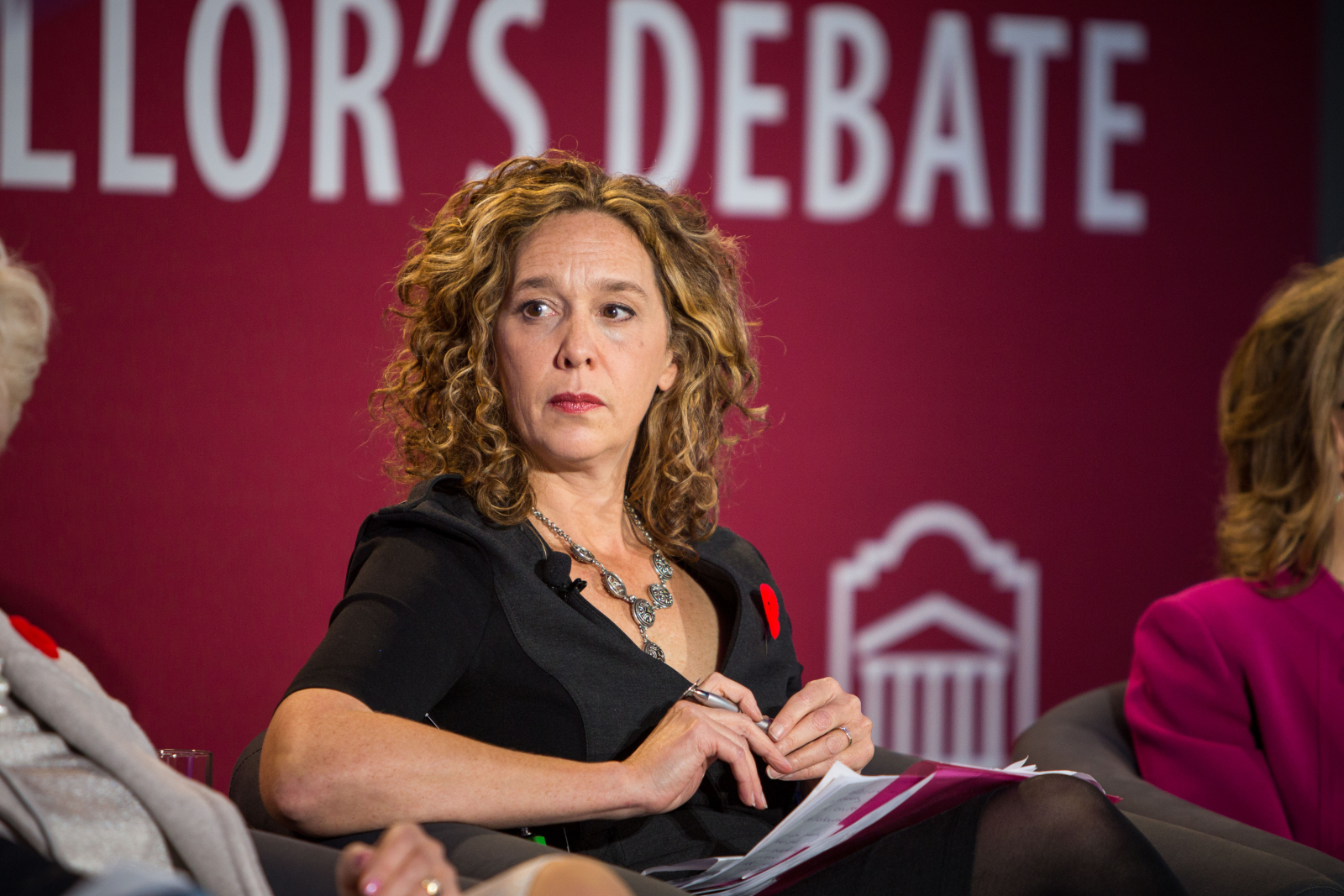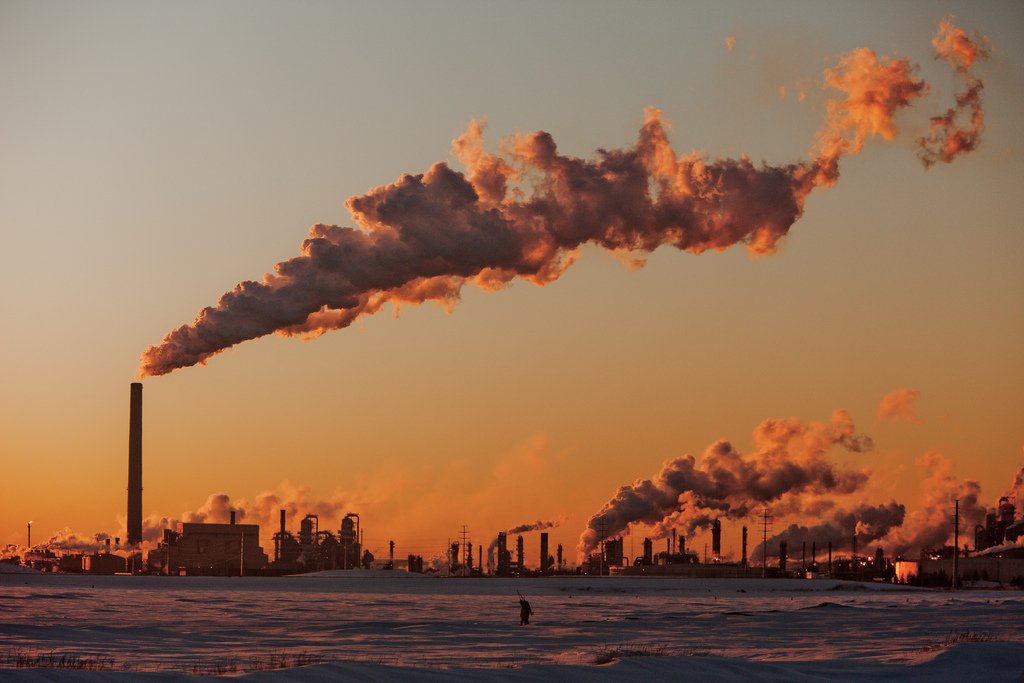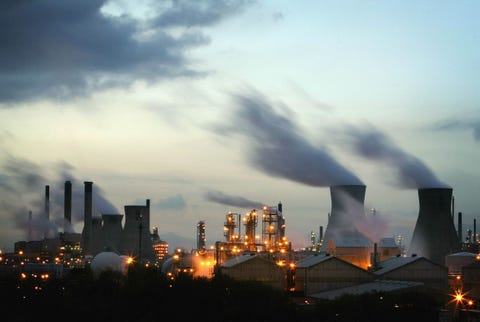 Native protesters take part in a mass sit-in in front of the British Columbia legislature in Victoria on Oct. 22, 2012 to protest the proposed Northern Gateway pipeline.
Native protesters take part in a mass sit-in in front of the British Columbia legislature in Victoria on Oct. 22, 2012 to protest the proposed Northern Gateway pipeline.
Aug. 8, 2019 – Washington, DC, Aug. 8, 2019 — A United Nations (UN) report on climate change has for the first time cited strong land rights for Indigenous Peoples and local communities as a solution to the climate crisis. The Intergovernmental Panel on Climate Change (IPCC) Special Report on Climate Change and Land, released today in Geneva, analyzes the role of land management decisions in both reducing and adapting to the worst of what climate change will throw at us—and highlighted indigenous and community land rights as key to both endeavors.
In response, indigenous and community leaders from 42 countries—spanning 1.6 billion hectares of land customarily used or managed by Indigenous Peoples and local communities and accounting for over 76 percent of the world’s tropical forests—issued a statement emphasizing the long-awaited recognition of the role of forest peoples in protecting forests. The statement also noted that the report’s findings add to a growing body of evidence showing that secure land rights for forest peoples is essential to climate change adaptation and mitigation efforts.
“Finally, the world’s top scientists recognize what we have always known. We—Indigenous Peoples and local communities—play a critical role in stewarding and safeguarding the world’s lands and forests. For the first time, the Intergovernmental Panel on Climate Change (IPCC) report released today recognizes that strengthening our rights is a critical solution to the climate crisis,” the statement reads.
“Our existence has always been threatened when our lands are desired by governments and corporations,” said Sonia Guajajara, executive coordinator of Articulação dos Povos Indígenas do Brasil (APIB). “These interests would kill us or lock us up behind bars so that our lands can be changed to fit whatever scheme has been concocted. Now with this report there is recognition that how we have safeguarded our forests and lands benefit the entire world—but our rights to exist and manage these lands need to be strengthened. Will the world listen?”
While the IPCC report emphasizes the global need to increase food production, forests are often cleared to produce agricultural commodities that do not address food security needs, such as beef, palm oil, and soybeans. In their response statement, Indigenous Peoples and local communities worldwide discuss the false choice offered between managing intact landscapes to keep carbon out of the atmosphere and clearing landscapes for economic development projects that include agro-industrial plantations.
The statement notes: “Where our rights are respected, by contrast, we provide an alternative to economic models that require tradeoffs between the environment and development. Our traditional knowledge and holistic view of nature enables us to feed the world, protect our forests, and maintain global biodiversity.” MORE
RELATED:












